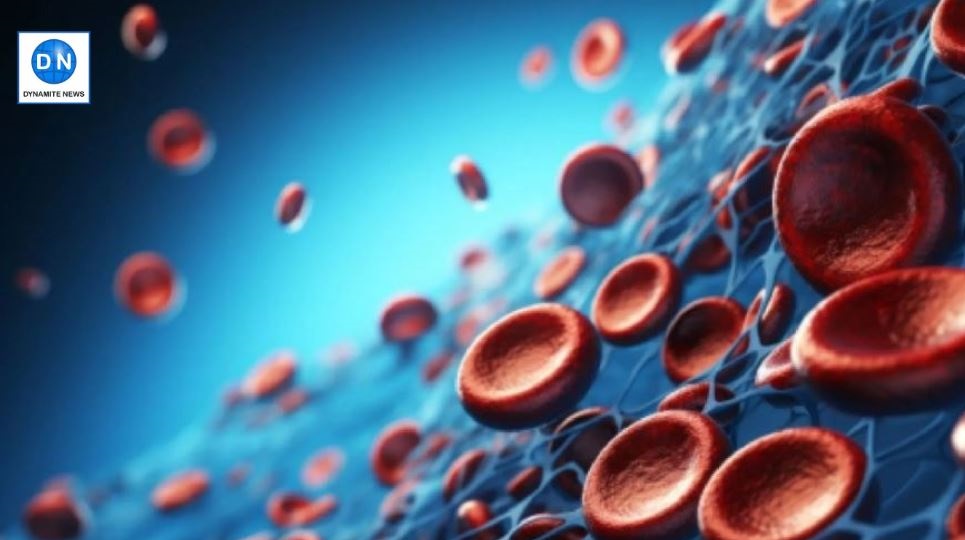
New Delhi: A recent study published in the reputed Indian Journal of Traditional Knowledge (IJTK) by researchers conducting the PHI-Public Health Initiative claims that the use of the 'Siddha' drugs reduces anaemia among adolescent girls, the Ministry of AYUSH said in a press release.
The initiative was undertaken to mainstream the use of 'Siddha' drugs to combat anaemia.
The group of researchers from eminent Siddha institutions of the country, including the National Institute of Siddha (NIS), Ministry of Ayush; Xavier Research Foundation, Tamilnadu; and Velumailu Siddha Medical College and Hospital, Tamil Nadu.
The researchers found that ABMN (Annapeticenturam, Bavana katukkay, Matulai manappaku and Nellikkay lekiyam), a combination of Siddha drug treatment can improve the level of Haemoglobin as well as PCV-Packed cell volume, MCV-Mean Corpuscular Hemoglobin and MCH-Mean Corpuscular Hemoglobin in the anaemic adolescent girls.
A total of 2,648 girls were part of the study, and out of those, 2,300 successfully completed the standard 45-day program. Prior to the start of the program, the researchers administered deworming treatment using Cuntaivarral curanam to the participants.
Following that, all the participants under observation were provided with a 45-day treatment of Annapeti centuram, Bavana katuk, the release stated.
The researchers assessed clinical symptoms such as shortness of breath, tiredness, dizziness, headache, loss of appetite, and pale skin both before and after the program, in addition to conducting hemoglobin and biochemical tests.
According to the WHO guidelines, the threshold for anemia was established at 11.9 mg/dl, with a hemoglobin level below 8.0 mg/dl categorized as severe, between 8.0 to 10.9 mg/dl as moderate, and 11.0 to 11.9 mg/dl as mild.
The study also reported that a laboratory investigation was done for haemoglobin, packed cell volume (PCV), mean corpuscular volume (MCV), mean corpuscular haemoglobin (MCH), red blood corpuscles (RBC), platelets, total WBC, neutrophils, lymphocytes and eosinophils in a randomly selected subset of 283 girls.
The researchers discovered that ABMN led to a significant reduction in the clinical symptoms of anemia, such as fatigue, hair loss, headaches, loss of interest, and menstrual irregularities.
Additionally, ABMN led to a significant improvement in the levels of hemoglobin, PCV, MCV, and MCH in all girls with anemia, the Ministry added.

While talking about the impact and importance of the study findings, Meenakumari, Director, National Institute of Siddha, also among the senior authors of the study, said that Siddha medicine plays a notable role in public health initiatives and can contribute to public health by providing cost-effective and accessible treatment.
"Siddha medicine plays a notable role in public health initiatives of the Ministry of Ayush. The awareness created among adolescent girls, dietary advice and preventive care provided to them and the treatment through Siddha drugs provided therapeutic benefits to the anaemic patients.
Hence, Siddha drugs for anaemia can contribute to public health by providing cost-effective and accessible treatment in various settings," she said. (with Agency inputs)







